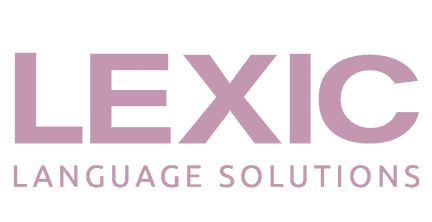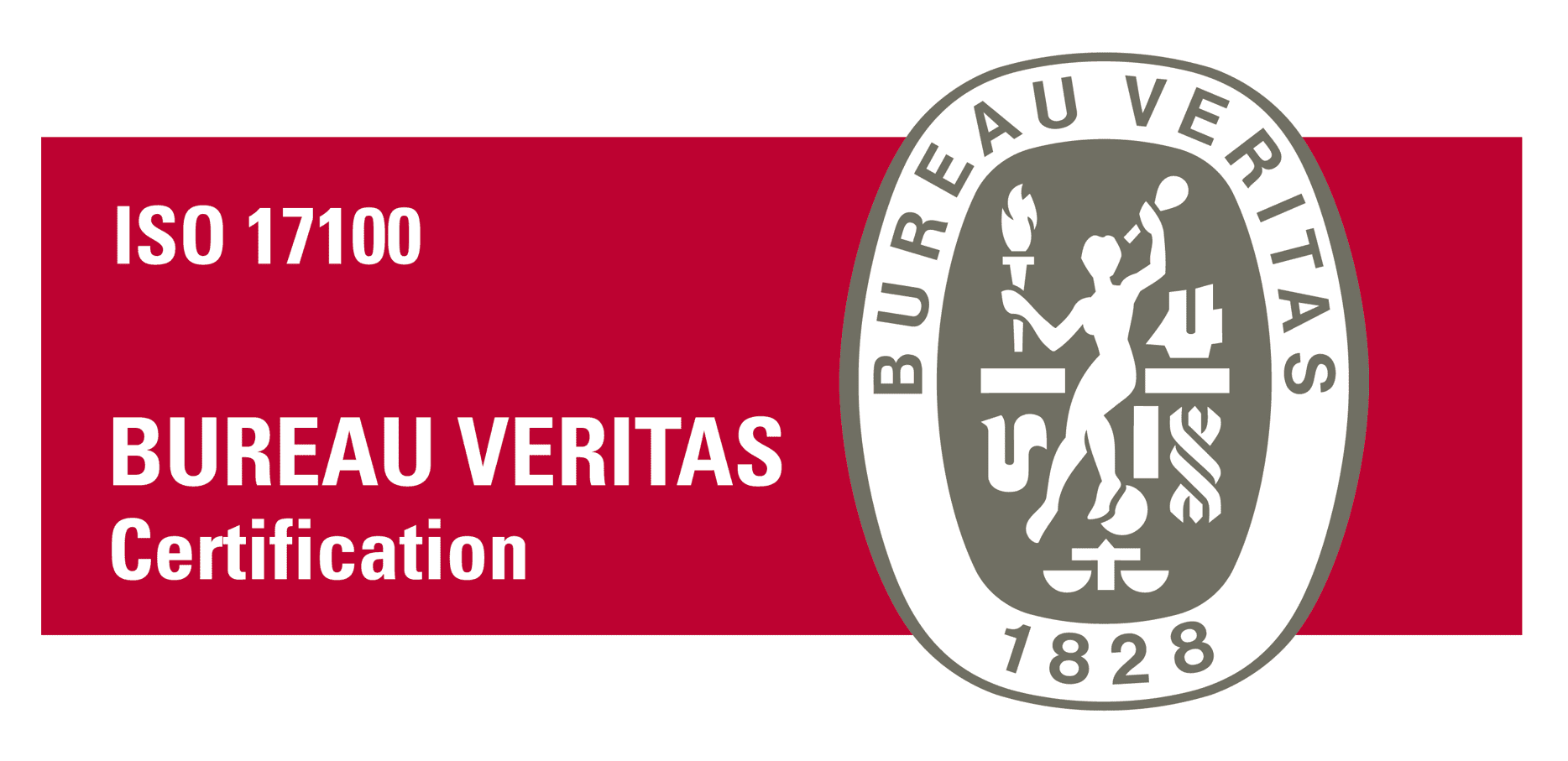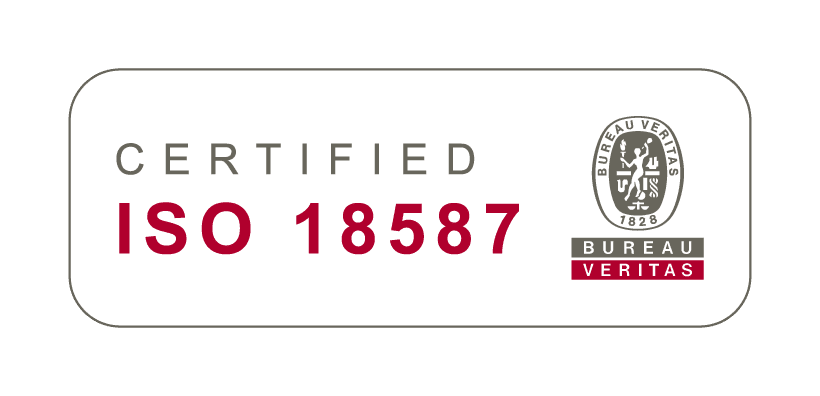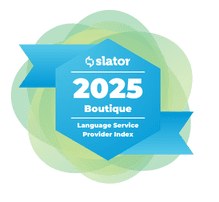Demystifying clinical trials and the importance of translation
The multifaceted role of translation in clinical trials
Medical translation in clinical trials encompasses various facets. With international medical protocols setting strict guidelines, it’s crucial for volunteers to fully grasp the trial’s procedures. This understanding includes the potential risks, benefits, and their rights, all articulated clearly in their native language. Moreover, any consent forms must be comprehensively translated to eliminate ambiguity.
While many international bodies, like the World Health Organization, the Food and Drug Administration (FDA), and the European Union, set standards, they often follow the World Medical Association Declaration of Helsinki.
One might wonder about the scenarios where a linguistic divide exists between the trial’s medical professionals and the volunteers. It’s not uncommon, given the multicultural demographics of countries like the United States or nations like Canada with multiple official languages. Moreover, Europe’s rich tapestry of languages becomes even more intricate beyond its capital cities.
Adding to the linguistic complexities is the trend of outsourcing clinical trials. As companies seek cost-effective solutions globally, the need for bridging language barriers between scientists and volunteers escalates.
It’s evident that medical translation, particularly in nuanced areas like clinical trials, demands impeccable accuracy. Only adept linguists, well-versed with the specific medical lexicon, can ensure precision.
Essential documents for translation
Beyond just medicine: The expansive scope of medical translation
Clinical trial results are scrutinized by a diverse group, from doctors to stakeholders. Hence, translators must balance clarity with technical nuances.
Staying updated is crucial as the medical landscape evolves, introducing novel terms frequently. Moreover, translators often venture beyond pure medical terminology, diving into realms like law, logistics, and statistics.
A subpar translation can jeopardize an entire trial. Clear comprehension by volunteers is paramount, and any misunderstanding can hinder the agreement’s execution. In summary, a seasoned language service provider, proficient in the intricacies of medical translation, can be the linchpin for a successful clinical trial.




